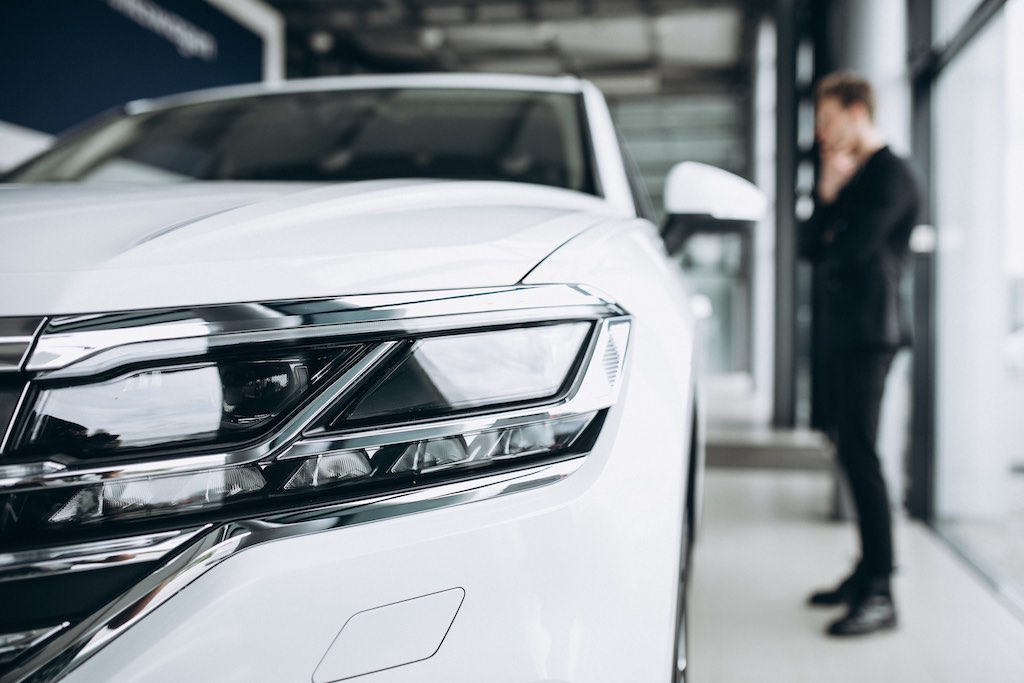The familiar sight of the clinically-illuminated car dealerships filled with row upon row of vacant vehicles ready to be driven away at a moment’s notice is unmistakable. The retail strategy that supports it has been unchanged in over a century, but if recent indicators are anything to go by, there are cracks appearing in the timeless, shiny white surfaces.
There are a number of factors contributing to this. New car purchase rates have dropped, extra revenue streams from finance and insurance have dipped due to new regulations, and ecommerce is finally cracking what had previously seemed to be the last unassailable stronghold of brick and mortar retail; car showrooms.
Like many before it, the industry is now employing solutions that have for some time been employed by faster-moving sectors such as fashion. Rather than treating the shopfloor as just a transitory physical juncture point between client and product, retail spaces are now key customer experience centres in omnichannel retailing. They’re indispensable to establishing and promoting brand in any marketplace. Designed and fit out to be spacial manifestations of brand values, a great retail store embodies the vision, lifestyle, and essence of the company.
To date, car brands have successfully imbued themselves with strong brand identities and personalities without much change to the standard dealership experience (for example, the only really clear clue this photo is from 1950 is the old car models themselves). There has been little to differentiate the reasonably homogenous fit-out of a space built to sell Ford and a space made to sell Mercedes, until now.
Hyundai recently unveiled a site in Seoul designed by prestigious architectural firm OMA’s research and design studio branch, AMO. The theatrical store and exhibition space, named ‘Genesis Gangnam’ holds a small, curated selection of cars within a sleekly minimal and futuristic space completely devoid of the usual glaring, ‘shouty’ marketing materials. The purpose is to elevate and highlight the car’s physicality in light of the fact that most people who come into a dealership these days already know the ‘on-paper’ reasons to buy. This is a showcase of what you can’t get online. It’s an intelligent and thoughtful approach to retail strategy that leverages sensory impact to sell the brand and product story.


Customer experience innovation in retail is an approach that isn’t new, but it’s becoming more common and certainly more considered, in-depth, and holistic across all sectors. From the quirky (such as French brand Hermes’s ‘Laundromat’) to the sci-fi and surreal (think Farfetch’s augmented-reality ‘Store of the Future’), the opportunities to engage the consumer are potent and seemingly only limited by the imagination. It’s an as-yet untapped resource for brand differentiation and memorability that we have only scratched the surface of.







